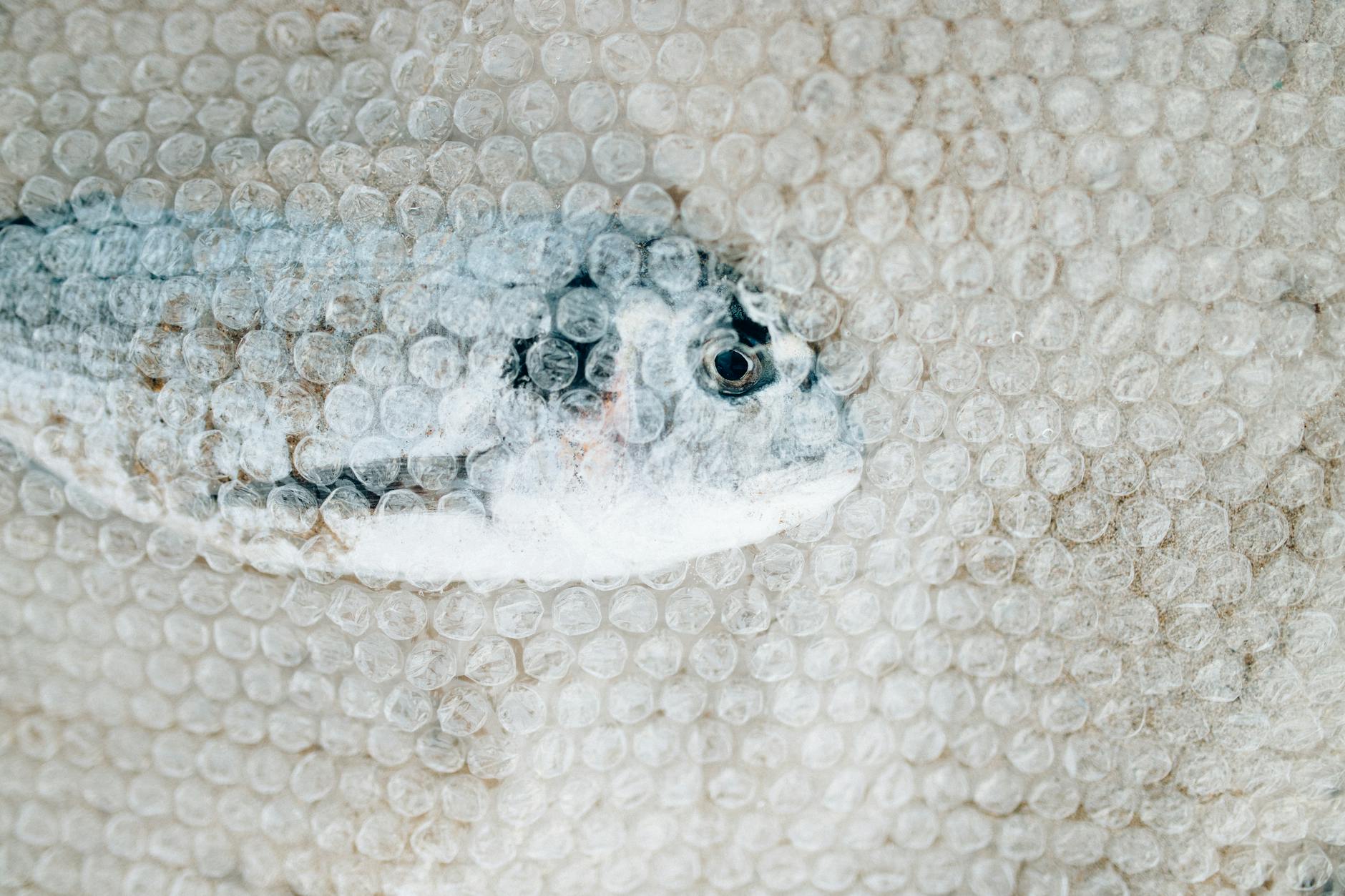Artificial Grass: Enhancing Your Yard with the Best Eco-Friendly Choice
Artificial grass, also known as synthetic turf, has gained popularity as an eco-friendly alternative for conventional grass lawns. With growing concerns about water conservation, maintenance costs, and environmental impact, more homeowners are turning to artificial grass to transform their yards. This innovative landscaping solution offers a sustainable and visually appealing option that can enhance the aesthetics and functionality of outdoor spaces. Let’s delve into the benefits of artificial grass and why it’s the best eco-friendly choice for your yard.
Benefits of Artificial Grass
1. Conservation of Water: One of the significant advantages of artificial grass is its water-saving properties. Unlike natural grass that requires regular watering to stay lush and green, artificial turf eliminates the need for constant irrigation. This not only reduces your water consumption but also helps in conserving this precious resource, especially in areas prone to droughts.
2. Low Maintenance: Maintaining a natural grass lawn involves mowing, fertilizing, and pest control, which can be time-consuming and costly. In contrast, artificial grass requires minimal upkeep. No more mowing or watering is needed, and you can say goodbye to chemical pesticides and fertilizers. With artificial grass, you can enjoy a green and pristine lawn all year round with minimal effort.
3. Durability and Longevity: Artificial grass is designed to withstand heavy foot traffic, harsh weather conditions, and UV exposure. It retains its vibrant color and texture, making it an excellent long-term investment for your yard. With proper installation and care, synthetic turf can last for years without fading or losing its appeal.
4. All-Season Appeal: Natural grass tends to turn brown and lose its lushness during the dormant winter months. Artificial grass, on the other hand, maintains its green appearance throughout the year, providing a consistent and attractive landscape regardless of the season. You can enjoy a beautiful lawn without worrying about weather-related damage or discoloration.
Environmental Impact of Artificial Grass
Contrary to popular belief, artificial grass offers several environmental benefits that make it a sustainable choice for homeowners. Here are some ways in which synthetic turf contributes to eco-friendliness:
1. Reduction of Chemical Usage: By eliminating the need for chemical pesticides and fertilizers, artificial grass helps in reducing harmful runoff into water sources. This not only protects the local ecosystem but also promotes a healthier environment for plants, animals, and humans.
2. No Water Consumption: The primary cause of water wastage in residential areas is watering lawns. Artificial grass conserves water by eliminating this need, making it a water-efficient landscaping solution that aligns with sustainable practices.
3. Decreased Carbon Footprint: Maintaining a natural grass lawn involves activities such as mowing, which release emissions and contribute to carbon footprint. Artificial grass reduces the need for such maintenance, thereby helping in lowering greenhouse gas emissions.
In conclusion, artificial grass stands out as the best eco-friendly choice for transforming your yard into a sustainable and visually appealing outdoor space. With its water-saving properties, low maintenance requirements, durability, and environmental benefits, synthetic turf offers a practical and long-term solution for modern homeowners. Consider making the switch to artificial grass and enjoy a green, eco-friendly yard that enhances the beauty and value of your property.


